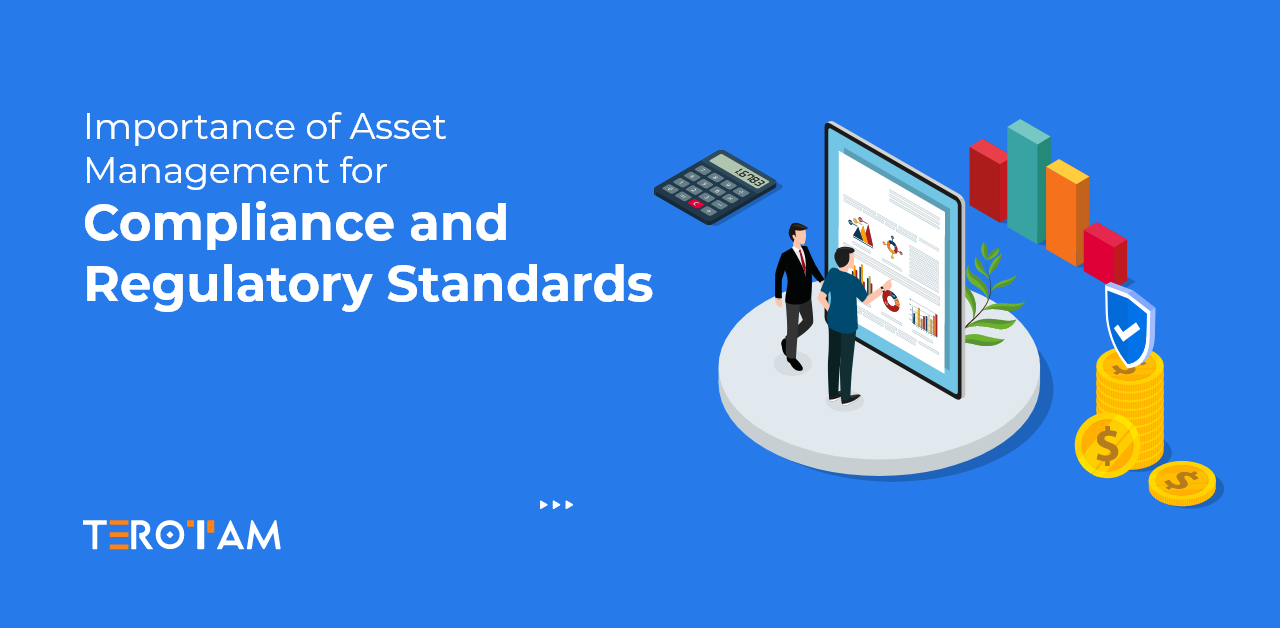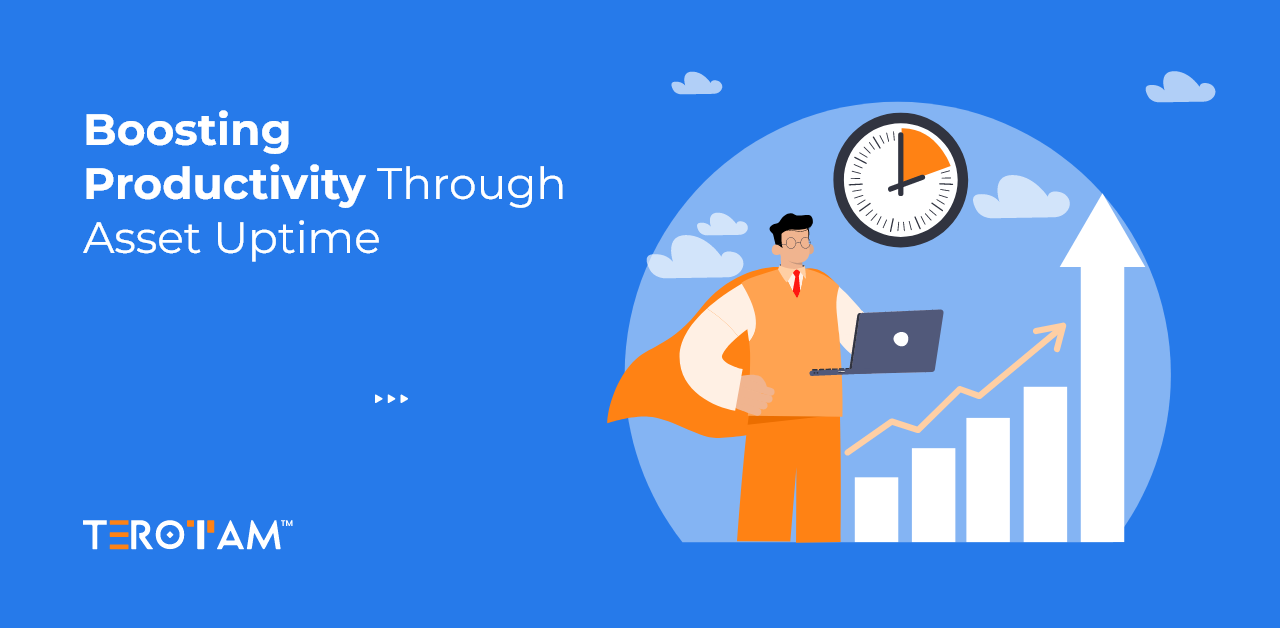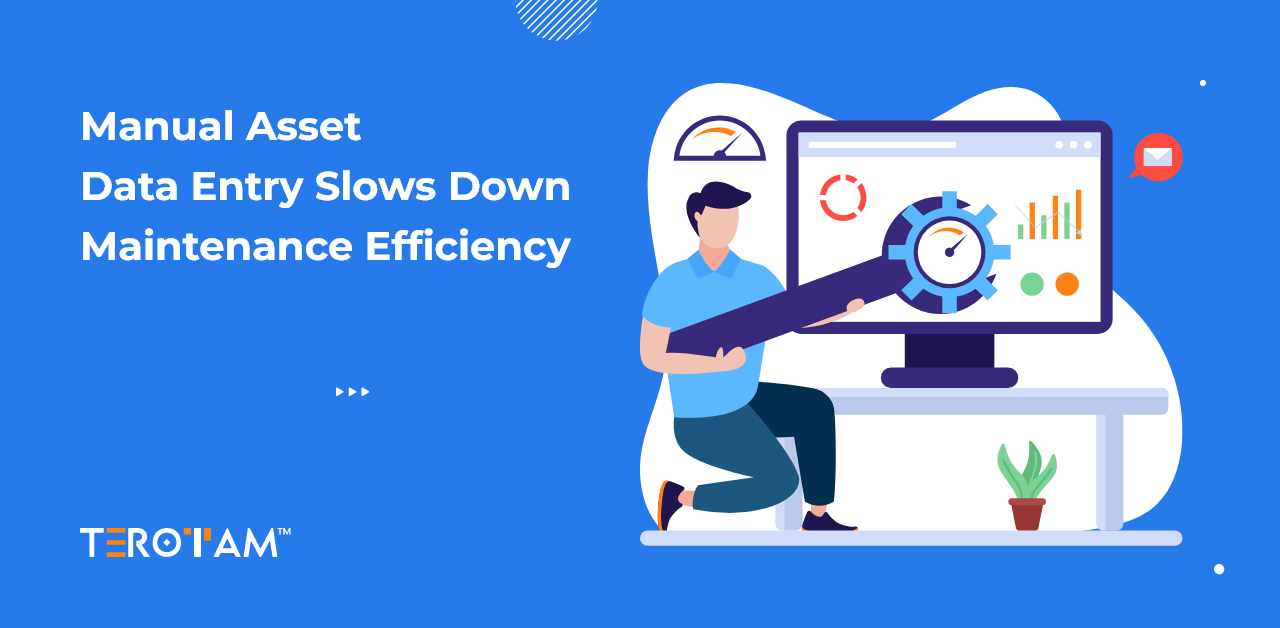Compliance and regulatory standards are crucial for ensuring safety, integrity, and transparency across industries. Adhering to these regulations helps businesses avoid penalties and maintain consumer trust, while continuously evolving standards require companies to stay proactive in meeting their obligations.
With an effective asset management system in place, businesses can automate processes, reduce errors, and ensure that assets meet regulatory requirements, ultimately minimizing the risk of non-compliance. In this article, we will explore how asset management supports compliance and regulatory standards, highlighting its importance in reducing risks and ensuring operational success.
What is Asset Management and Why It Matters for Compliance?
Asset management refers to the systematic process of tracking and maintaining an organisation’s assets throughout their lifecycle. This includes everything from acquisition, operation, maintenance, and disposal of assets, ensuring they are effectively managed to maximize value.
For compliance purposes, asset management ensures that organizations can provide accurate, up-to-date records of all assets, meeting the regulatory requirements set forth by governing bodies. These records are crucial for audits, inspections, and reporting, enabling businesses to demonstrate their adherence to relevant regulations.
The importance of asset management in compliance lies in its ability to streamline the tracking of assets and reduce risks associated with non-compliance. Regulatory bodies often require detailed information regarding asset usage, maintenance schedules, and disposal practices, particularly in industries such as healthcare, finance, and manufacturing.
A well-implemented asset management system automates these processes, providing real-time data that supports accurate reporting and reduces the chances of human error. This proactive approach helps organisations stay compliant with laws and regulations while ensuring operational efficiency and mitigating potential risks.
Key Role of Asset Management in Regulatory Adherence
Across various sectors, businesses are required to meet industry-specific regulations to remain compliant. Asset management ensures organizations maintain accurate and up-to-date records, which is essential for compliance.
A Solid Foundation for Regulatory Adherence
Asset management goes beyond tracking physical assets; it involves monitoring and optimizing all types of resources, including intellectual property and software. Compliance regulations across sectors such as healthcare, manufacturing, and finance require accurate, updated asset records. Missing asset documentation or failing to track maintenance can lead to penalties or legal consequences.
Streamlining Compliance with Real-Time Data

Managing assets efficiently while ensuring compliance can be challenging. Digital asset management tools capture, store, and update asset data in real-time, reducing errors and outdated information. These systems help businesses stay on top of maintenance and regulatory requirements, particularly in industries like healthcare and pharmaceuticals, where strict tracking is necessary.
Risk Mitigation and Avoiding Fines
Proactive asset management reduces the risk of financial penalties from regulatory bodies. Non-compliance, such as failing to meet reporting standards like Sarbanes-Oxley, can lead to hefty fines or legal action. Asset management ensures businesses remain compliant, protecting them from financial and legal consequences.
Enhancing Operational Efficiency
Proper asset tracking improves operational efficiency by optimizing asset usage and avoiding unnecessary costs. It helps businesses manage asset lifecycles and stay compliant with disposal regulations. This is especially important in industries that deal with hazardous materials or need to follow environmental disposal laws.
Streamlining Audit Processes
Effective asset management simplifies audits by maintaining accurate and up-to-date records. Systematic asset tracking reduces preparation time, minimizes errors, and ensures that businesses are always audit-ready. Regular internal audits become easier, fostering a culture of transparency and continuous compliance.
Protecting Data Security and Privacy

With data being a critical asset, compliance standards like GDPR, HIPAA, and PCI-DSS require businesses to safeguard sensitive information. Asset management systems track IT assets to ensure data is secure and compliant. This helps businesses avoid penalties by ensuring that outdated or insecure systems do not store sensitive data.
Important Regulations and Standards Influencing Asset Management Practices
Across industries, specific regulations and standards influence how businesses should manage their assets. For example, the ISO 55000 standard offers a framework for effective asset management, ensuring that organisations meet both performance and regulatory requirements. Similarly, the Sarbanes-Oxley Act (SOX) mandates strict financial controls, including the accurate tracking of assets and reporting. This section explores how businesses in various sectors can align their asset management practices with key regulations and standards to ensure compliance.
Why Cloud-Based Solutions Are Ideal for Compliance Tracking?
Cloud-based asset management systems ensure real-time access to data from anywhere, improving accessibility and transparency. These solutions are particularly beneficial for businesses with multiple locations or those working across different jurisdictions. Cloud platforms offer enhanced security features, ensuring that compliance data is protected against breaches or loss.
The Benefits of Cloud-Based Asset Management for Compliance
Cloud-based asset management system streamlines the process of tracking and maintaining assets across multiple locations. Real-time access to data ensures that businesses can monitor asset conditions and maintenance schedules, keeping them aligned with regulatory standards. This centralized system reduces the risk of missing compliance deadlines and enhances the accuracy of records.

Cloud solutions also provide enhanced security with encrypted data storage and automatic backups. These systems are scalable, making it easy for businesses to adjust to new regulatory requirements without needing extensive manual updates or infrastructure changes.
- Real-Time Data Access: Track and monitor assets from anywhere, ensuring compliance is always up to date.
- Reduced Compliance Risk: Centralized data reduces the chances of errors or missed regulations.
- Scalable Solutions: Easily grow with your business as regulatory needs evolve.
- Data Security: Encrypted storage and regular backups protect compliance-related data.
- Cost-Effective: Eliminates the need for expensive on-site infrastructure.
- Automatic System Updates: Ensures your systems stay compliant with evolving regulations.
- Centralized Reporting: Simplifies audit preparation and reporting processes.
- Improved Collaboration: Teams across departments can work seamlessly on compliance tasks.
Putting it all together
The relationship between asset management and regulatory compliance is clear. A well-structured asset management system ensures that companies adhere to the necessary legal frameworks while mitigating financial risk and enhancing operational efficiency. Companies that prioritize asset management don’t just protect themselves from legal consequences—they position themselves to thrive in an increasingly regulated world. Staying on top of regulatory standards requires continuous, real-time oversight, and there’s no better way to do that than with an effective asset management strategy.
Want to know more about how a Cloud-based asset management system can make it happen in your business? – Let’s connect with our experts now or you can just drop us a line at contact@terotam.com








